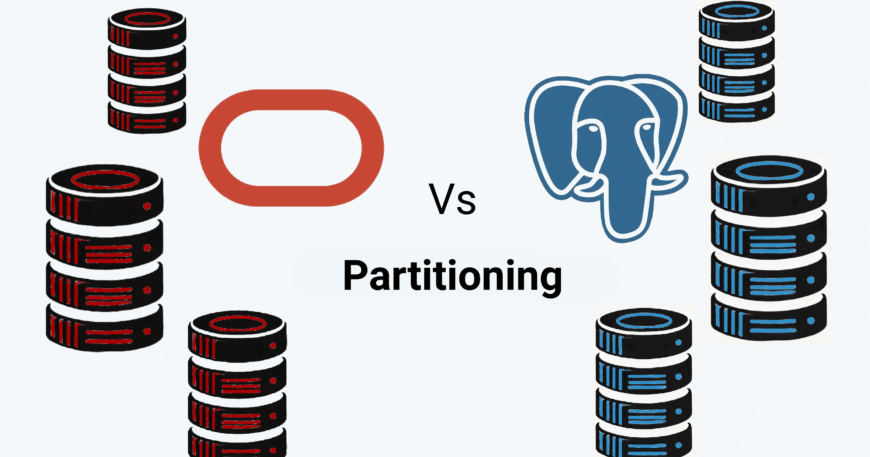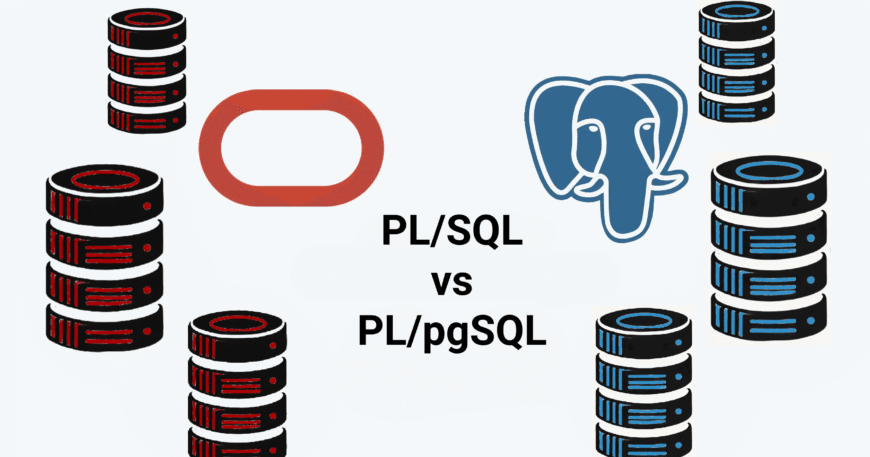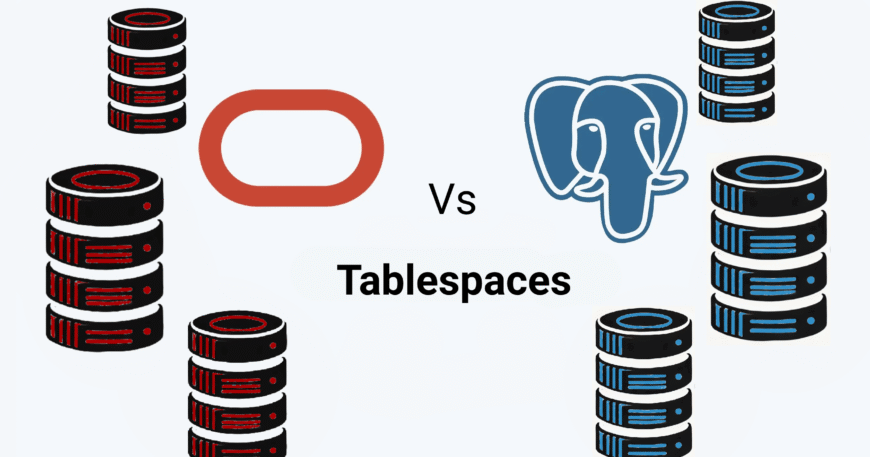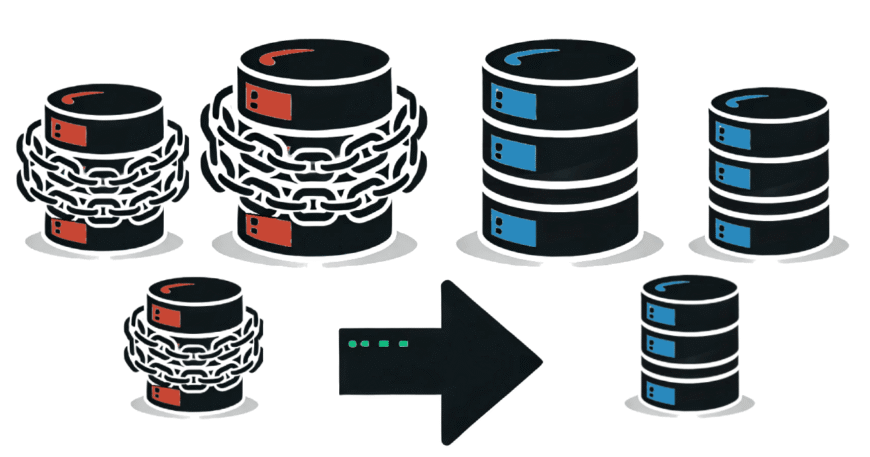Transitioning from Oracle to PostgreSQL: Partitioning
As databases grow, managing large tables becomes more challenging. Table partitioning is a tried-and-tested approach that helps break down large tables into smaller, more manageable segments, enhancing performance, maintainability, and scalability.
What is Table Partitioning?
Table partitioning is a database design technique that divides a large table into smaller, more manageable sub-tables called partitions. Each partition holds a subset of the data based on specific criteria, such as date ranges, categories, or hash values. While partitioning makes it seem like you’re working with a single large table, behind the scenes, queries and operations are distributed across multiple partitions.
This approach serves several key purposes:
- Performance Improvement: Partitioning allows databases to focus operations (like SELECT, UPDATE, or DELETE) on relevant partitions instead of scanning the entire table. For instance, when querying a sales table for a specific month, only the partition corresponding to that month is accessed, significantly reducing the I/O load and boosting performance.
- Better Manageability: By splitting large tables into smaller segments, maintenance tasks such as indexing, backups, and archiving can be performed on individual partitions. This keeps operations manageable, even for tables with billions of rows.
- Efficient Data Retention and Archiving: Data retention policies are easier to enforce when using partitioning. For example, old partitions can be quickly archived or dropped when data is no longer needed, without affecting the rest of the table.
In both Oracle and PostgreSQL, partitioning is a crucial feature for DBAs managing high-volume databases. Although both systems offer range, list, and hash partitioning methods, the implementation and management vary, which is why understanding the nuances is critical for a seamless transition.












